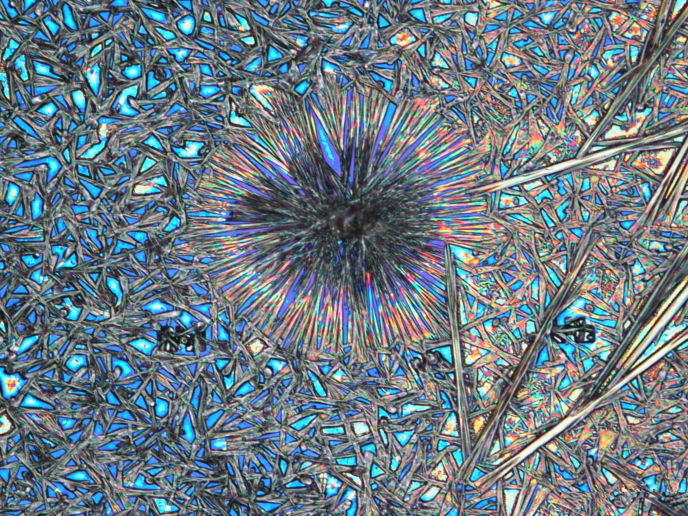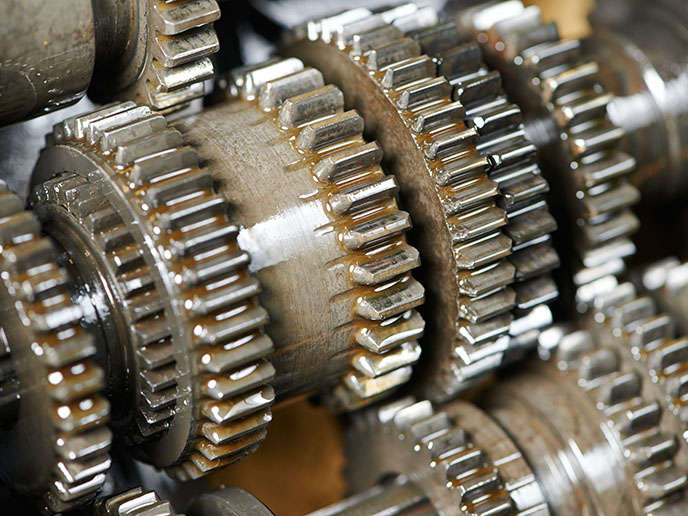A transformative, light-harvesting cubic crystal
Methylammonium lead iodide is a perovskite crystal that interacts strongly with light, offering potential applications in solar cells and light-emitting diodes (LEDs). The EU-funded PICOPROP project set out to investigate the material further. “It’s really very good for photovoltaics,” explains project coordinator László Forró. “When exposed to sunlight, the photoelectrons produced live for a long time.” This allows high concentrations of photoelectrons to be harvested from the crystal, leading to solar cells with efficiencies of up to 25 %. The tendency for photoelectrons to persist for a long time in the crystal led Forró to conjecture that the crystals could be given superconducting properties at relatively high temperatures. “This is a holy grail for us, as it would mean we could transmit electricity with zero loss,” he remarks. A second strand of research, carried out at the Swiss Federal Institute of Technology Lausanne, looked at whether pulses of light could allow researchers to tune the material’s magnetic properties. This would offer a cheap way to store data in optical computing, which uses photons instead of electrons to alter bits. “Since we can produce lots of photoelectrons, we wondered if we could change the magnetic structure – and we could,” adds Forró. “This was splendidly demonstrated, and since then several big companies have been interested in our research.”
High-sensitivity detectors
The ability to generate large amounts of electrons when exposed to light means that methylammonium lead iodide is also well-suited to other applications. By coaxing the material to grow in nanowires, and attaching these to sheets of graphene, Forró and his colleagues were able to build a light detector sensitive enough to detect even a single photon. This sensitivity could make the composite material highly valuable in applications such as medical imaging. “Since we can so easily detect photons, just measuring the current of photoelectrons, we propose an X-ray scanner that uses a very low flux of X-rays,” explains Forró. “The radiation dose required for similar image quality is reduced by a factor of 10 000.” Methylammonium lead iodide could also replace the expensive and relatively insensitive germanium crystals in gamma ray detectors. “For this you need a big crystal, as gamma photons are very energetic and can go through lots of material,” notes Forró. “So we elaborated how to grow these crystals, as big as 3.8 kg. That’s like a newborn baby!” Two of the researchers from the PICOPROP project are now working on a commercial spin-out producing these crystals.
Environmental safety
The major challenge to commercialising methylammonium lead iodide is resolving its toxicity. “I am not a newcomer to this business,” says Forró. “I immediately appointed a biologist who was studying health hazard aspects of this material.” Together, the team found a way to blend the perovskite with phosphate. In the event that a device breaks apart and is inundated with water, the phosphate reacts with the lead to immobilise it and prevent toxic run-off. Ultimately, Forró was not able to produce stable superconductivity in methylammonium lead iodide but he remains undaunted. “You have to dream to discover really new stuff,” he adds. Several branches of the project are now being investigated for commercialisation, including the X-ray detector, which was awarded an EU proof of concept grant. Having reached retirement age in Switzerland, Forró is now moving to the United States to open a quantum materials lab. He concludes: “I still have a lot of ideas and energy.”
Keywords
PICOPROP, methylammonium lead iodide, photovoltaics, X-ray, gamma, detector, single photon, optical, perovskite, baby







